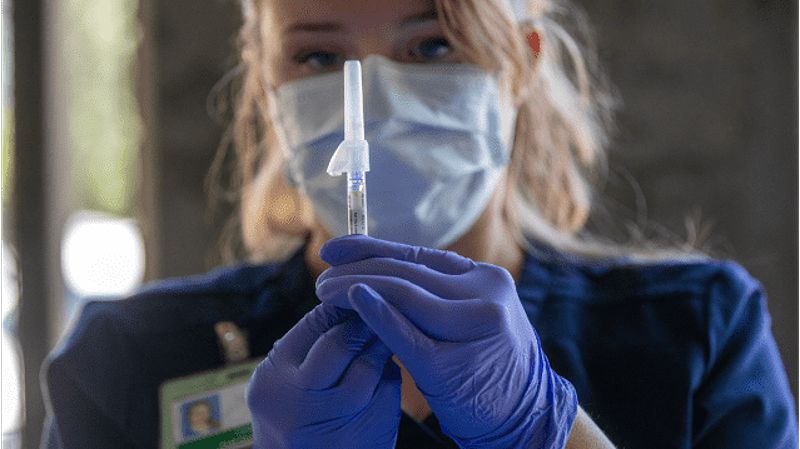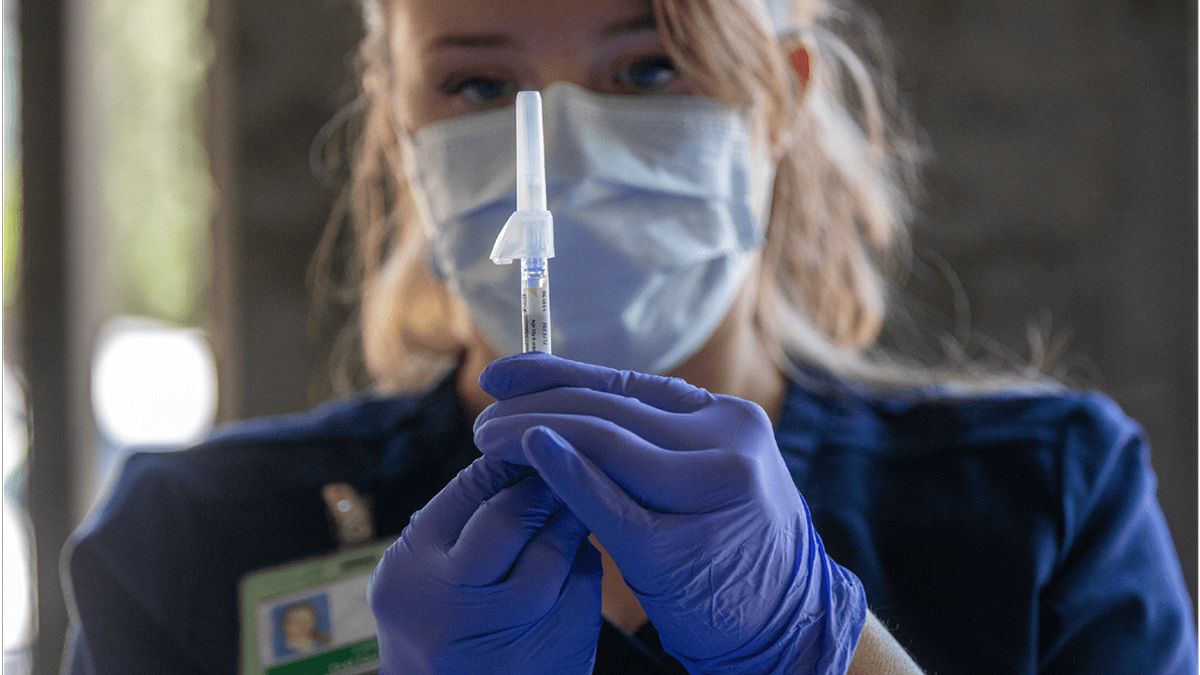Learn how to shift from reactive panic to proactive preparedness in pandemic response and cybersecurity. Discover the importance of preventive action and the need to break free from the cycle of panic and neglect. Find out how investing in preparedness can create a safer and more resilient future.
The Importance of Proactive Preparedness in Pandemic Response
The COVID-19 pandemic has highlighted the vulnerabilities of even the most prepared nations. While emergent AI capabilities offer promising solutions, relying solely on innovation is not enough. To effectively respond to future pandemics, we must shift our mindset from reactionary panic to proactive preparedness.
By engaging in preventive and anticipatory work, we can be better prepared for future pandemics. This involves establishing cross-organization and cross-border data sharing agreements and standardizing data, ensuring high-quality information is readily available for AI tools. Additionally, investing in healthcare infrastructure and professionals is crucial to avoid overburdening the system, as witnessed during the COVID-19 crisis. Strengthening manufacturing and logistics capacities is also necessary to expedite the production and distribution of AI-informed medication and vaccines. Addressing global vaccine inequity through multilateral negotiations is vital to ensure fair distribution.
The Significance of Cybersecurity in a Reactive World
The detrimental consequences of short-term thinking extend beyond public health preparedness. Cybersecurity breaches have become increasingly common, affecting critical infrastructure and personal data. Despite being aware of these risks, we have underinvested in cybersecurity, leaving vulnerable systems open to exploitation.
It is imperative to allocate resources and update outdated IT infrastructure to prevent cyberattacks and safeguard national security. The joint U.S. and United Kingdom sanctions against China-linked hackers targeting critical infrastructure highlight the long-standing nature of this issue.
Understanding the Factors Behind Neglected Responsibility
Negligence in investing in cybersecurity and pandemic preparedness can be attributed to various factors. While the responsible choice is to take preventive action, limited budgets, political pressures, and the need for quick wins often overshadow long-term preparedness.
However, exceptions can be found, such as the increased security and resilience of our election infrastructure following the 2016 election. Continued investments and sustained attention to security have yielded positive results, demonstrating the possibility of breaking the cycle of panic and neglect.
Shifting the Paradigm: From Panic to Preparedness
We must shift our paradigm from reactive panic to proactive preparedness. This requires recognizing that investing in preparedness can prevent crises and protect sensitive data. Just as we proactively invest in military capabilities to deter and minimize harm, similar attention should be given to cybersecurity and pandemic preparedness.
By prioritizing preventive action, we can escape the cycle of panic and neglect and create a more secure and resilient future.
Conclusion: Creating a Safer and More Resilient Future
The COVID-19 pandemic and the growing frequency of cyberattacks highlight the need for a shift in our approach. We cannot solely rely on emergent AI capabilities to solve future crises. Instead, we must invest in preventive measures, such as data sharing agreements, healthcare infrastructure, and cybersecurity.
By shifting our mindset from panic to preparedness, we can break free from the "panic and neglect" cycle and create a safer and more resilient world. It is time to prioritize prevention and proactive action to safeguard our future.


